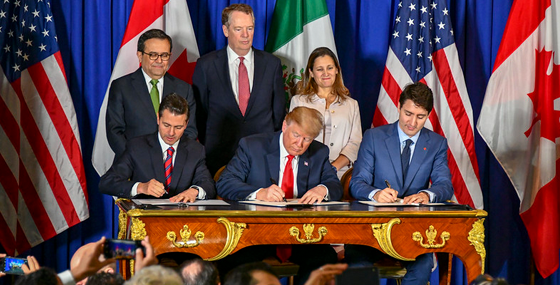Jennifer Bright with the Innovation and Value Initiative recently wrote for Morning Consult that the U.S. is “engaged in the challenging but important conversation about how to assess the value of pharmaceuticals.”
It’s a conversation that should be transparent and open to everyone, including patients and their loved ones, providers, drugmakers and payers. The value discussion should also include numerous factors, such as the full benefits a therapy provides patients, the health care system and society more broadly.
As important as this conversation is, one entity is stifling an open, transparent and holistic discussion and that organization is the Institute for Clinical and Economic Review, better known as ICER.
Who is ICER? The organization bills itself as an “independent and nonpartisan research organization” that evaluates prescription drug prices. According to its own reports, almost 80 percent of its funding is from private foundations (more on that in a moment). Sue Peschin, the president and CEO of the Alliance for Aging Research, has noted:
“The Institute for Clinical and Economic Review issues reports about what medications are and are not worthy of being covered by insurance. … Payers are using ICER reports to deny coverage or preferred formulary placement when the reasoning behind those decisions cannot even be replicated.”
ICER is now suggesting a potential change to its methodology that would have profound consequences for innovation and patients, and one that further undermines its credibility as a fair participant in the value discussion.
What happened. Recently, ICER was crunching the numbers to determine the value for “single or short-term transformative therapies,” and it seems ICER didn’t like the results. Trying to assess the value of a therapy to cure childhood hemophilia, ICER discovered its own methodology “would lead to value-based prices far higher than the health system has ever seen before.” Those are ICER’s words, not ours.
So what’s ICER proposing to do? Change the rules. Rather than stand by its work and the value or price it would assign for transformative therapies, ICER wants to add another layer of arbitrary criteria to get a different outcome. The goal is clear: artificially lower the value of innovative treatments.
What would that look like? The price of a therapy includes the value it delivers to the health care system, say through fewer hospitalizations or surgical interventions. But now ICER wants to make some of that value disappear, and to accomplish this magic act, ICER is offering two hypothetical options:
- Option A—The “shared savings” model, where 50 percent of the lower health care costs derived from a new treatment are no longer “assigned” to the new treatment; or
- Option B—The “cost offset cap” model, in which the lower health care costs generated by a new treatment are capped at $150,000 per year.
There is no scientific or rational basis for these changes. ICER makes no attempt to justify why 50 percent “shared savings” or a $150,000 cap is the right approach. Instead, ICER wants us to believe this is just a simple thought experiment. But make no mistake, these arbitrary metrics may soon decide the price of innovative treatments and whether patients should have access to them.
This further demonstrates how ICER’s work is arbitrary and designed to achieve a desired outcome. And that’s precisely what ICER’s deep-pocketed funders want. A profile in the Wall Street Journal noted that the organization has received nearly $28 million from “hedge-fund billionaire” John Arnold in recent years—it’s “single-biggest funder,” according to the Journal.
Arnold claims ICER has “started real conversations about value,” except it’s an entirely one-sided conversation. The concerns of important stakeholders—including patient advocates, drugmakers, and others—are often ignored. The head of ICER, Steve Pearson, went so far as to tell parents they don’t have a vote in deciding the value of a treatment that might save their child’s life.
That’s why BIO supports the Alliance to Protect Medical Innovation and the Innovation and Value Initiative. These organizations help inject other voices into the discussion and provide an alternative approach to measuring value that’s fair, open and transparent.
BIO has urged ICER to be a “partner in working with all stakeholders in advancing the science and methods of value assessment,” rather than “simply dictate what those methods should be.” But as it changes the rules to reach its predetermined outcome, it’s clear that’s not an approach ICER wants to take.


















.png)


